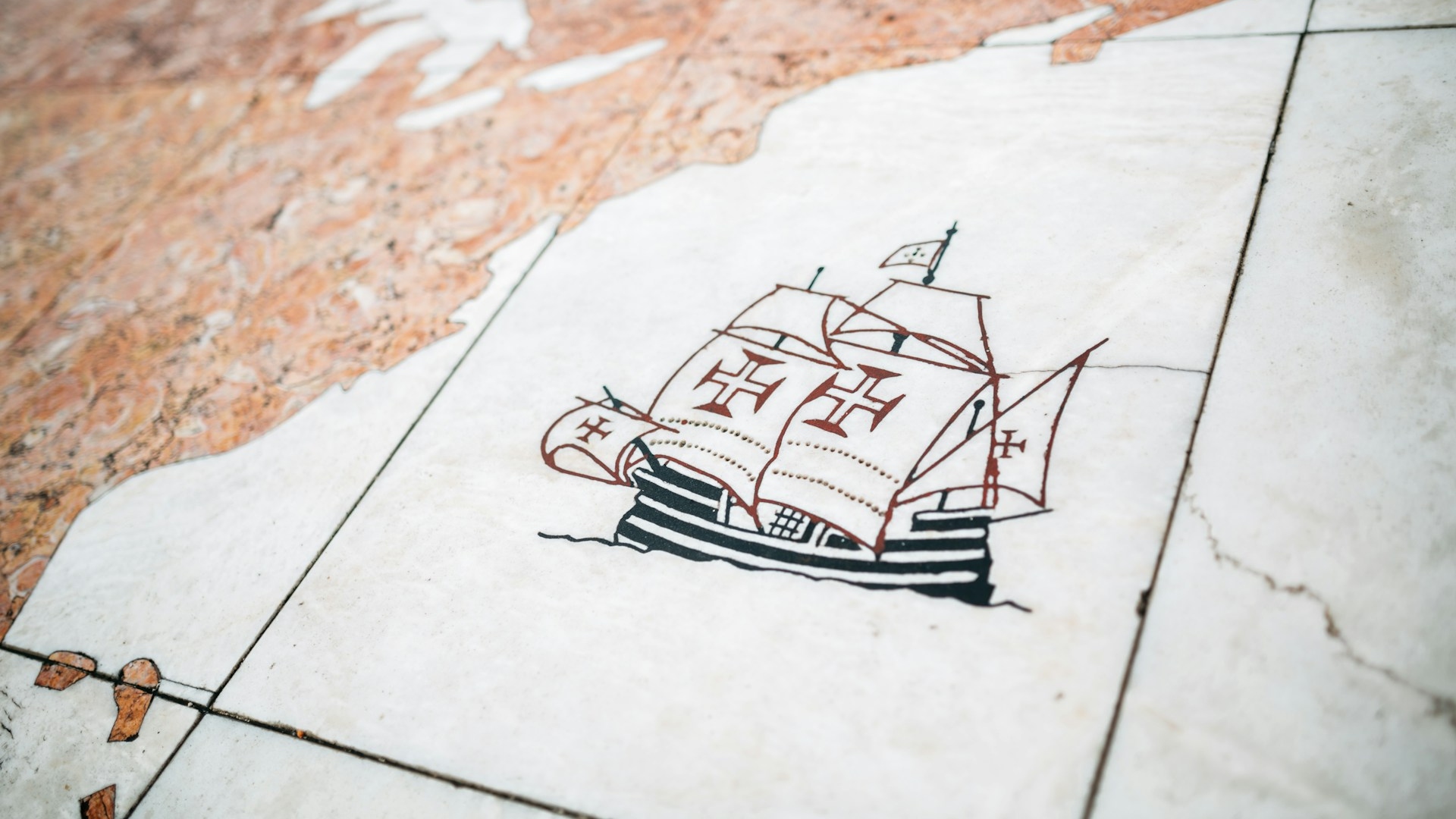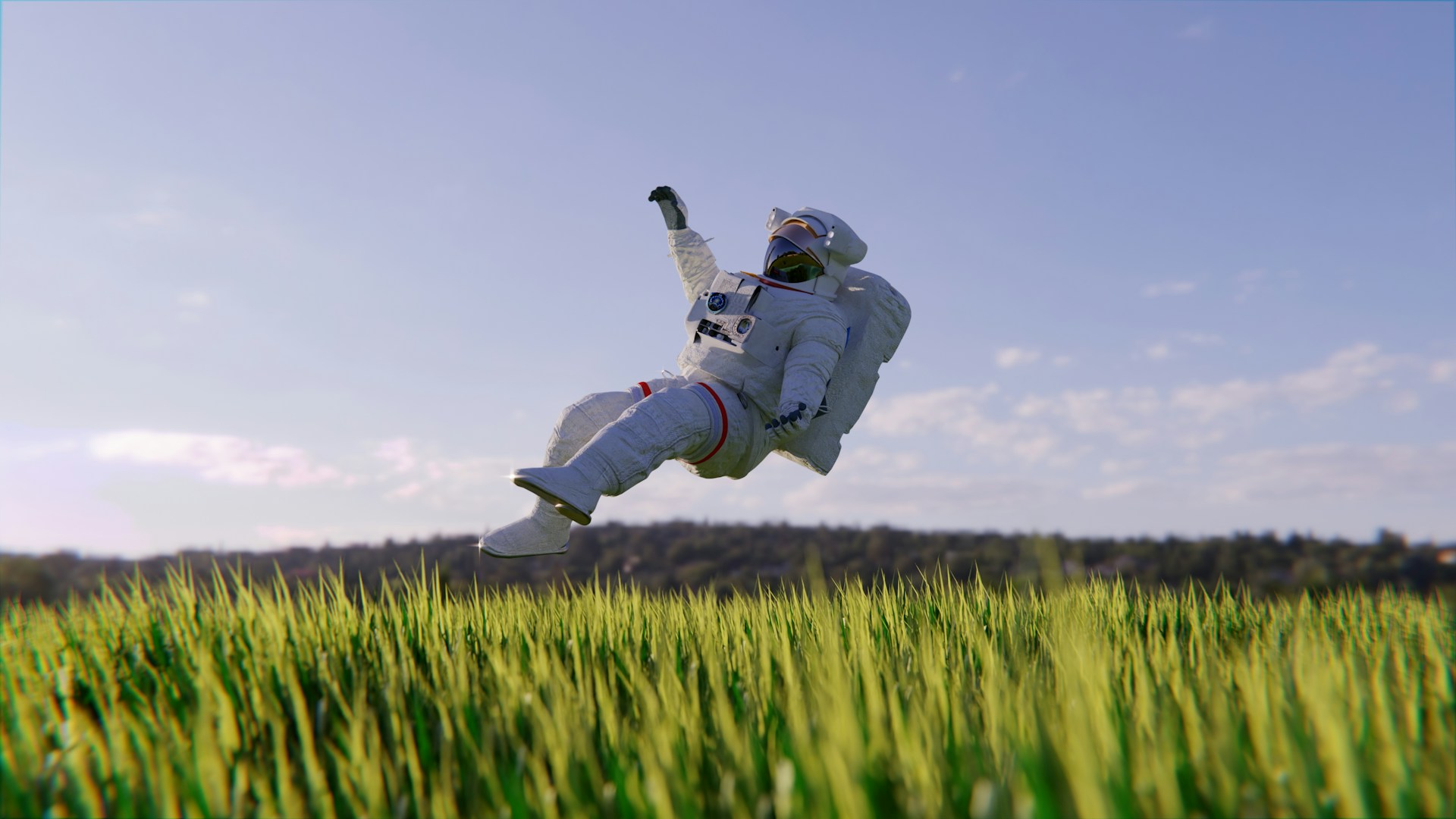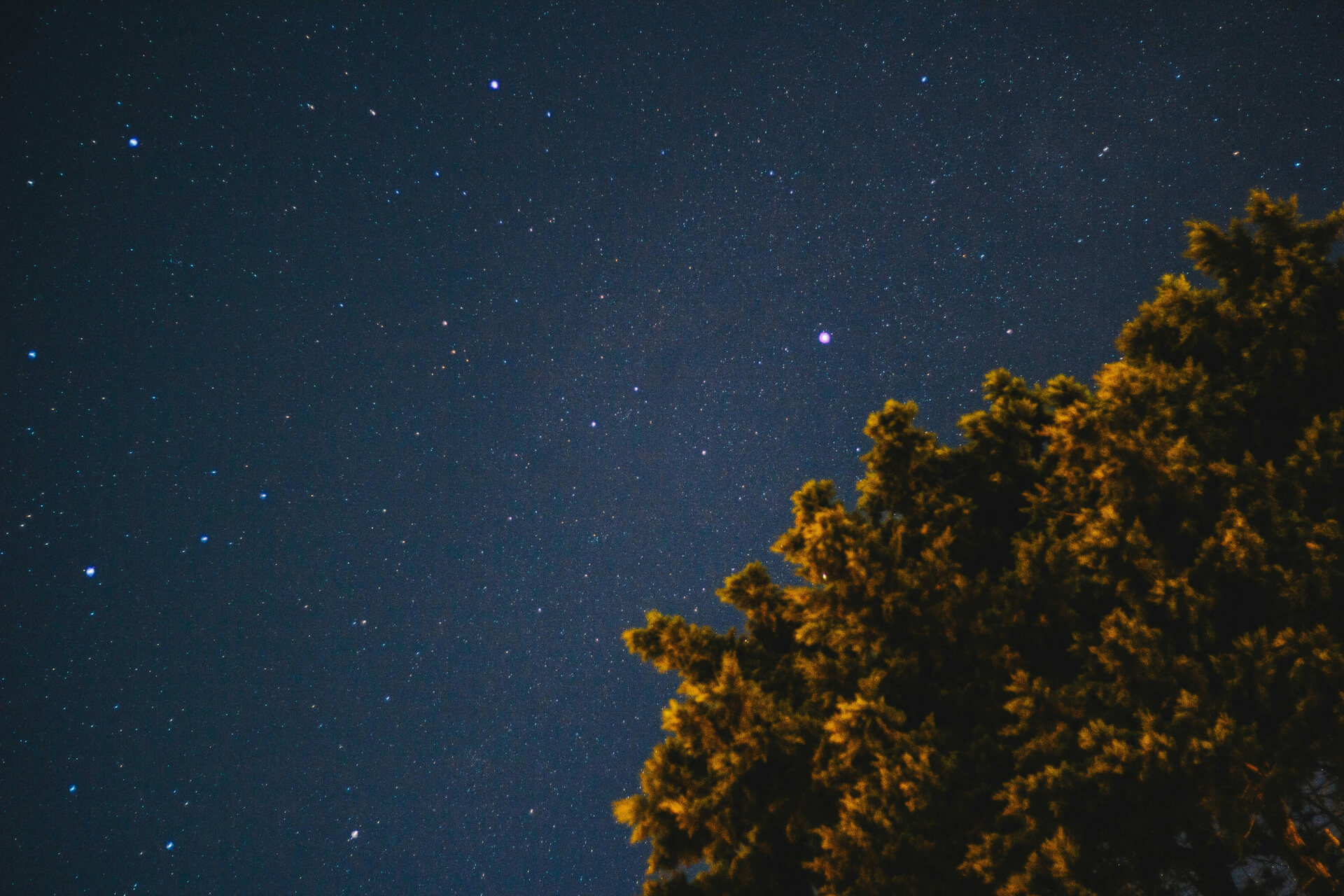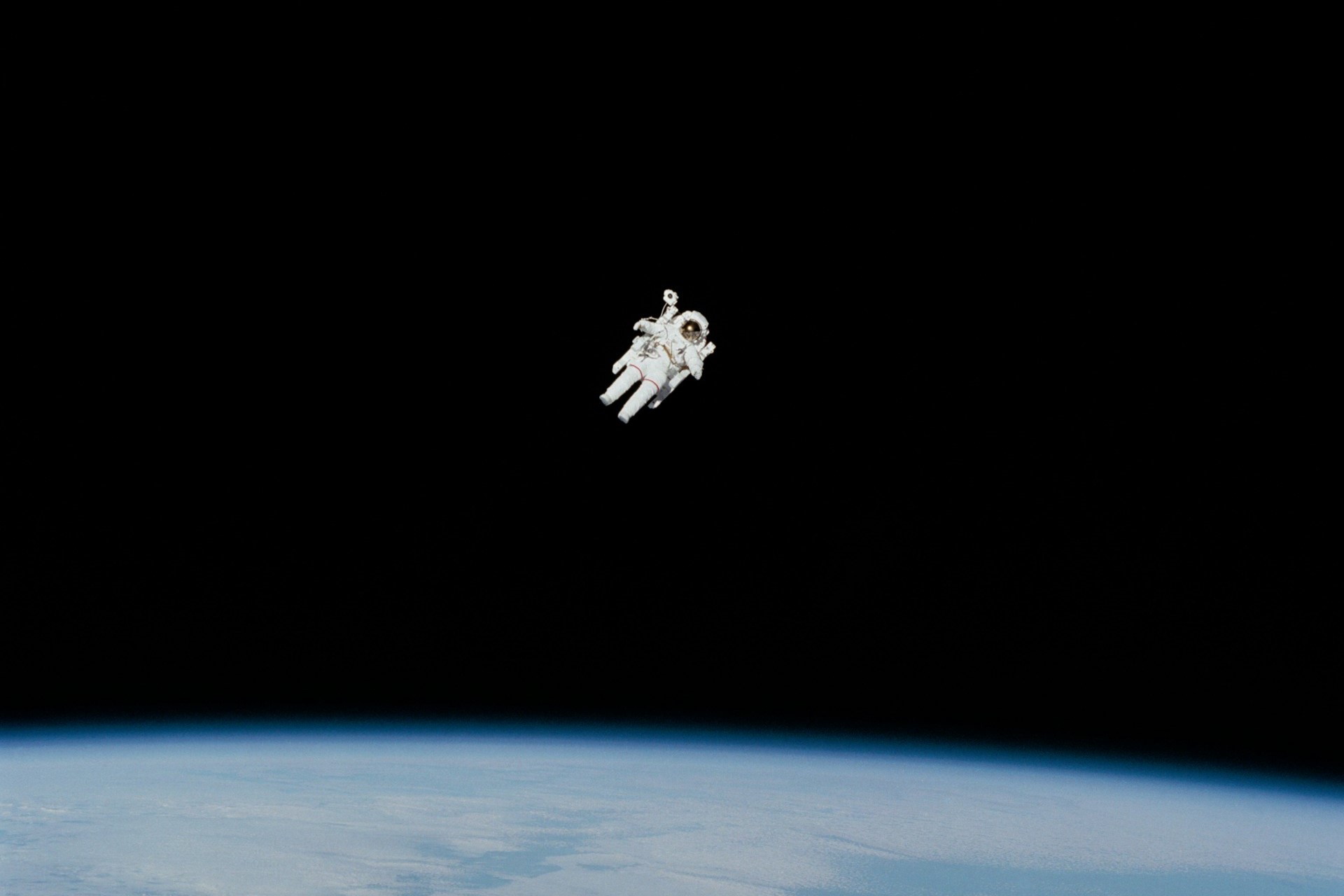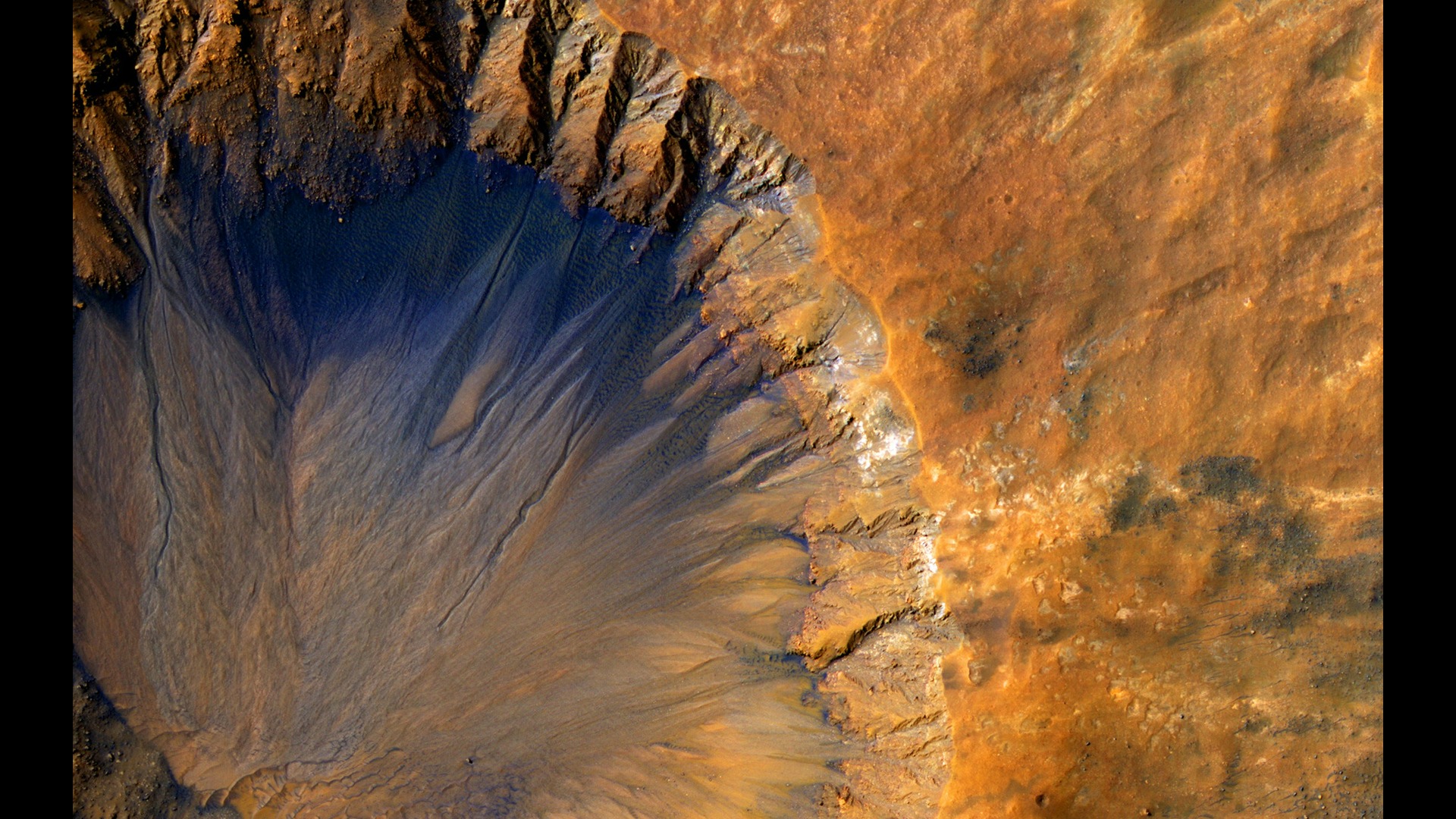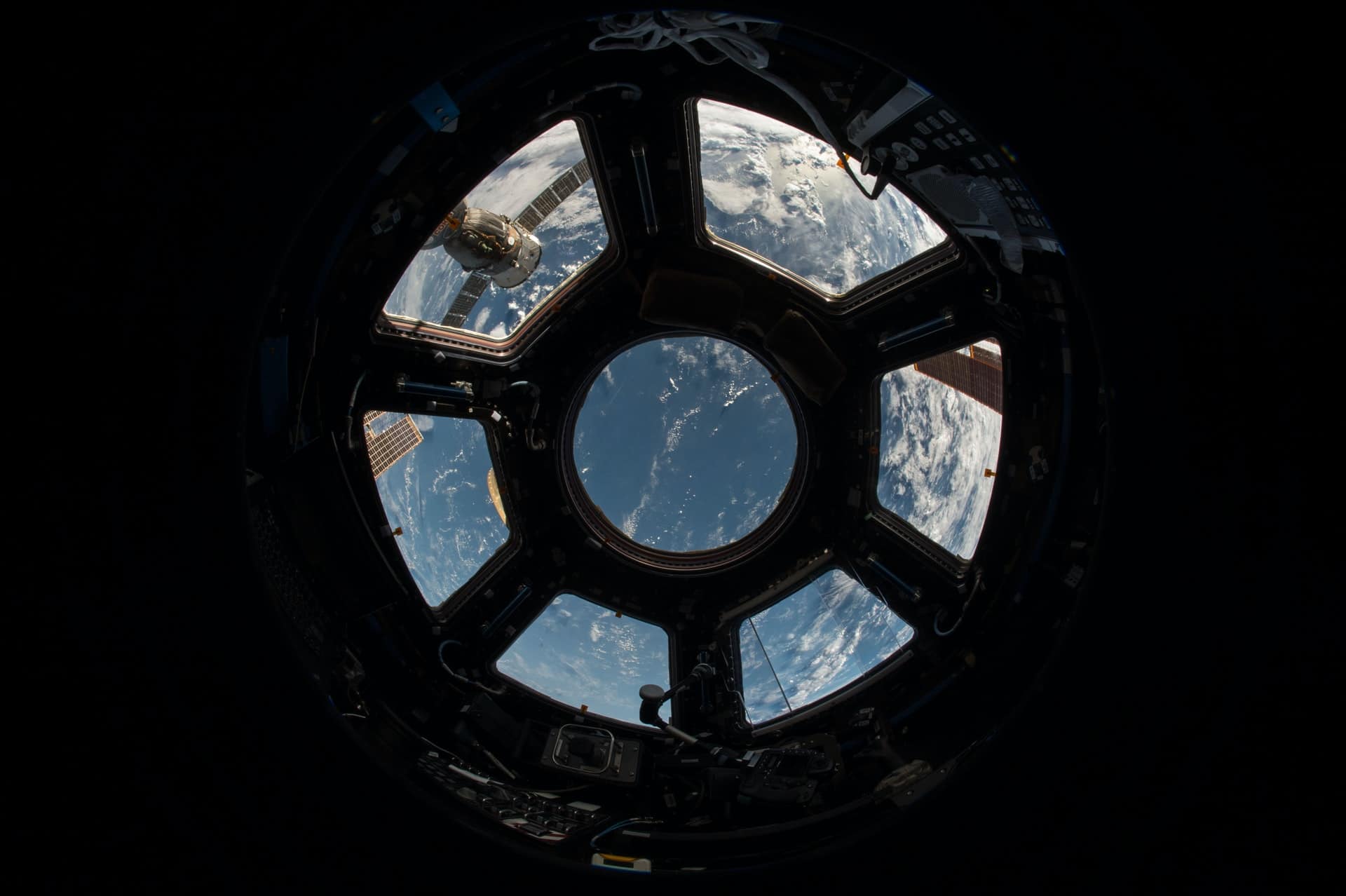
The Complete Guide to the Terrestrial Planets
September 21, 2022 - Emily Newton
Revolutionized is reader-supported. When you buy through links on our site, we may earn an affiliate commission. Learn more here.
The terrestrial planets may be small but they are some of the most fascinating worlds in our solar system. Including Mercury, Venus, Earth, and Mars, the terrestrial planets are the innermost planets in the solar system. These worlds are small and rocky with solid surfaces and specific types of planetary cores. This guide will cover all of our solar system’s terrestrial planets. Keep reading to learn what makes each one an exciting place for scientists to explore.
What Are Terrestrial Planets?
There are three types of planets in our solar system: the terrestrial planets, the Jovian planets, and the dwarf planets. Scientists have outlined specific qualities that determine which category a planet falls into. Terrestrial planets, for instance, are composed primarily of metals and rock with a solid surface and a molten metal core. The terrestrial planets are the dense, rocky inner planets of the solar system located closest to the Sun.
In contrast, the Jovian planets are the massive gas giants of the solar system, including Jupiter, Saturn, Uranus, and Neptune. These planets are mainly made of hydrogen and helium with a rock or ice core. They are also known as the gas or ice giants.
Beyond the Jovian planets, in the furthest reaches of our solar system, are the dwarf planets. Pluto is the most famous of these. While it may be controversial, Pluto is not a terrestrial planet. For one thing, it is not located in the inner solar system like the other terrestrial planets. Additionally, Pluto is not gravitationally dominant in its orbit. It has control over its own moons but it hasn’t cleared its orbit of other objects. In fact, Pluto’s neighborhood in the Kuiper Belt is one of the most crowded corners of our solar system. It contains at least 2,000 other objects such as asteroids and other dwarf planets.
Mercury: Scorching Gray Wasteland
Mercury is the smallest planet in the solar system, not much larger than Earth’s moon. It orbits closest to the Sun at only about 33.7 million miles. One year on Mercury is only 88 days on Earth. Since Mercury is so close to the Sun, it completes its orbits faster than any other planet. Mercury doesn’t have any moons, though, most likely also due to its close proximity to the Sun.
Mercury’s surface looks similar to Earth’s moon – a rocky gray wasteland of craters. Since Mercury is so close to the Sun, its surface is bombarded with high amounts of radiation. Surface temperatures can reach 800 degrees Fahrenheit. Mercury only has a wispy atmosphere, known as an “exosphere”, which is made of a thin layer of oxygen, sodium, hydrogen, helium, and potassium. All of these factors make Mercury a generally hostile planet, so it is unlikely a manned mission will ever visit it.
Mysteries of Mercury
However, Mercury does have some unique characteristics that are worth studying to help scientists learn more about how our solar system formed. For instance, probes sent to Mercury have revealed that there is water ice frozen at Mercury’s poles. Despite how hot the rest of the planet is and its close proximity to the Sun, these ice caps have been able to form thanks to the cover provided by dark craters.
Mercury’s core also poses some interesting scientific questions. Data from probe missions and flybys of Mercury shows that the planet’s core makes up an estimated 85% of its overall volume. To put this in perspective, Earth’s core accounts for only 15% of its volume. Even stranger, Mercury has a magnetic field, which is typically only possible if a planet has a molten core like Earth.
However, observations of Mercury’s static surface suggest that Mercury doesn’t have a molten core since it would be expected to cause surface activity, such as the tectonic activity we experience on Earth. More research and exploration will be needed for astronomers to fully understand these mysteries of Mercury. They may reveal insights about how the planets of our solar system formed billions of years ago.
Venus: Planetary Pressure Cooker
The surface of Venus is one of the most hostile environments in our entire solar system. It can be compared to a giant pressure cooker, with extremely high temperatures and surface pressure.
In fact, when the Soviet Union sent several probes to orbit and land on Venus in the 1970s and 80s, the longest any of the robots survived on Venus’s surface was 110 minutes. In 1981, the Soviet Union’s Venera 13 lander captured the first color photos of Venus, showing a stark yellow-gray wasteland like a more hostile version of Mars. Venera 14 captured more striking photos of the horizon on Venus the following year. No landers have returned to Venus’s surface since then.
Venus is the second planet from the Sun, located between Mercury and Earth. It spins in the opposite direction of the rest of the planets. A single day on Venus is 116 Earth days long and a Venusian year is only 225 Earth days long. It doesn’t have any moons.
Venus’s Famous Atmosphere
Venus’s atmosphere is incredibly thick, composed mainly of carbon dioxide, which is toxic to humans. The clouds in Venus’s sky are made of sulfuric acid and surface temperatures can reach 900 degrees Fahrenheit, making Venus the hottest planet in the solar system.
These incredibly high temperatures are the result of a runaway greenhouse effect in Venus’s thick atmosphere. Ominously, scientists hypothesize that this is an extreme version of what could happen to Earth if our planet’s greenhouse gas effect is allowed to worsen indefinitely. In fact, Venus is theorized to have once looked quite like Earth over a billion years ago, with liquid water on its surface and a much more hospitable climate. However, the greenhouse effect in its atmosphere caused the planet to heat up, turning the water to vapor and creating the hot, hostile Venus we know today.
However, humans may still visit Venus one day – just not the surface. Since Venus’s atmosphere is so thick, scientists believe a floating, airborne habitat could be viable, like a giant balloon in the clouds. It is even possible that there could be microbial life in Venus’s upper atmosphere, where conditions are much less harsh than on the surface. Exploring Venus could help us learn about our own planet’s atmosphere, what went wrong on Venus, and more details about the formation of our solar system.
Earth: The “Goldilocks Zone”
Home, sweet home! Located just over 93 million miles from the Sun, Earth is the only planet in our solar system with liquid water on its surface. Earth is the largest of the terrestrial planets and the fifth largest planet overall in the solar system. Our planet’s atmosphere is mostly nitrogen and oxygen, with trace amounts of other elements. Almost 70% of Earth’s entire surface is covered in water, with our oceans concealing the largest volcano and largest mountain range in the world.
This immense amount of water is at the core of what makes Earth so special. Earth is in a narrow, crucial sliver of the solar system, not too close to the Sun but not too far away either. Planetary scientists have dubbed this the “Goldilocks zone”. When astrobiologists and astrophysicists search for exoplanets in other star systems that could be like Earth, they check this area first.
Venus and Mars both present alternate realities of what could have happened to Earth if conditions had been different when our solar system formed. Venus is too close to the Sun, which made it heat up and vaporize all the water that otherwise may have nurtured life. On the other hand, Mars is too far from the Sun. It looks a lot like Earth and is much less hostile than Venus, but it’s no balmy Earth, either. Venus is scorching hot and ultra-pressurized while Mars is freezing and under-pressurized. Earth is uniquely positioned to harbor life in our solar system, unlike any other world we know.
Mars: Home Away From Home
Few worlds have captured the human imagination like Mars. This rocky desert planet is right next door to Earth, the fourth planet from the Sun and the last of the terrestrial planets. We have sent more probes and rovers to Mars than any other world in our solar system. Humans have eyed Mars for exploration for decades, even devising plans to colonize and terraform it.
Mars is about half the size of Earth and only has about 38% of Earth’s gravity. It has two large asteroid moons, Phobos and Deimos. One Martian “sol” is about the same length as a day on Earth, although a year on Mars is almost twice as long at 687 Earth days. Surface temperatures on Mars typically range from a comfortable 70 degrees Fahrenheit to -225 degrees Fahrenheit. Mars’s thin atmosphere is not very good at retaining heat, though, so Mars is generally a very, very cold planet.
There’s a good reason why Mars doesn’t look like the Arctic, though. Since Mars’s atmosphere is so thin, it can’t retain any liquid water on the surface. Any exposed liquid water simply evaporates immediately. This sparse atmosphere is mostly carbon dioxide with some nitrogen and argon. So, humans definitely can’t take off their space suits on the Martian surface.
A Human Outpost on Mars
However, as far as interplanetary exploration goes, Mars is a perfect candidate for a home away from Earth. It is close to our planet with an environment that, while not exactly friendly, is certainly manageable with the technology humans have developed so far. There is even water on Mars, although it is not liquid water like we have on Earth. Scientists do know that there is water ice on Mars, though, such as the red planet’s polar ice caps. This water could potentially be mined to help support human exploration on Mars, for life support purposes and even rocket fuel.
There are numerous Mars programs underway today, with multiple nations and companies planning to put humans on the red planet in the 2030s. Perhaps the most ambitious among them is SpaceX, the private spaceflight company owned by Elon Musk. SpaceX has plans to develop an entire city on Mars and has even hinted at launching a manned mission to Mars as early as 2029. Other organizations aren’t taking things quite so fast. NASA plans to launch a manned Mars mission in the late 2030s or early 2040s, after returning to the Moon and using manned Moon missions as a training ground for the red planet.
Exploring the Terrestrial Planets
While we may call Earth home, our solar system’s terrestrial planets are all incredible destinations for scientific study and exploration. By learning more about the terrestrial planets, we can learn more about what makes our own planet unique and how our solar system formed.
In the next few decades, we will almost certainly land the first humans on Mars and potentially send more probes to Venus and Mercury, as well. Even further out in space, other terrestrial planets in other star systems may even harbor life of their own. Astronomers are using today’s advanced telescopes to peer into space, searching for exoplanets that look like our own.
Revolutionized is reader-supported. When you buy through links on our site, we may earn an affiliate commission. Learn more here.
Author
Emily Newton
Emily Newton is a technology and industrial journalist and the Editor in Chief of Revolutionized. She manages the sites publishing schedule, SEO optimization and content strategy. Emily enjoys writing and researching articles about how technology is changing every industry. When she isn't working, Emily enjoys playing video games or curling up with a good book.
